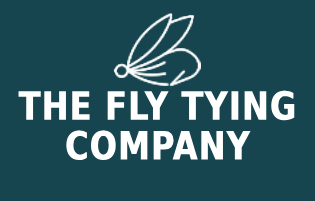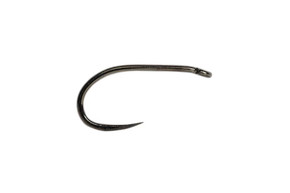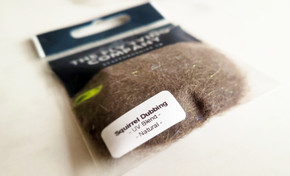Origin & History
The Adams fly is a classic US dry fly, created in the early 20th century by Leonard Halladay. Since its introduction, it has become one of the most popular flies in the UK for stillwater and river trout fishing. Known for its versatility, the Adams fly imitates a range of mayflies and terrestrial insects, making it a reliable choice throughout the fishing season.
Pattern & Step-by-Step
This dry fly is designed to float naturally on the water surface, mimicking adult mayflies. Below is the standard pattern and step-by-step tying guide.
- Hook: Dry fly hook, sizes 12–16
- Thread: Black 8/0 or 70D
- Tail: Light brown or grizzly hackle fibres
- Body: Grey or grizzly dubbing; optional olive or tan blends
- Wing: Grizzly and brown hackle fibres, upright
- Optional Rib: Fine silver wire for durability
Step-by-Step Tying
- Secure the hook in a vice and wrap a base of thread from eye to bend.
- Tie in a small bunch of tail fibres, about the length of the hook shank.
- Dub the body with grey or blended dubbing, forming a tapered abdomen.
- Prepare and tie in the wing fibres upright over the hook shank.
- Wrap the hackle around the thorax area and finish with a whip finish.
Variations
- Olive Adams: Mix olive dubbing with grey to imitate different mayfly species.
- Grizzly Adams: Use more grizzly hackle in the wing and tail for added visibility.
Seasonality & What It Represents
The Adams fly is effective spring through autumn, representing adult mayflies and small terrestrial insects. It works well in calm or gently moving water and is especially effective during mayfly hatches.
Tackle & Setup
- Rod: 9–10 ft 4–6 weight stillwater or river rod
- Line: Floating line for surface presentation
- Leader: 9–12 ft tapered leader, tippet 4–6 lb
- Presentation: Drift naturally on surface; use slack line and avoid drag












